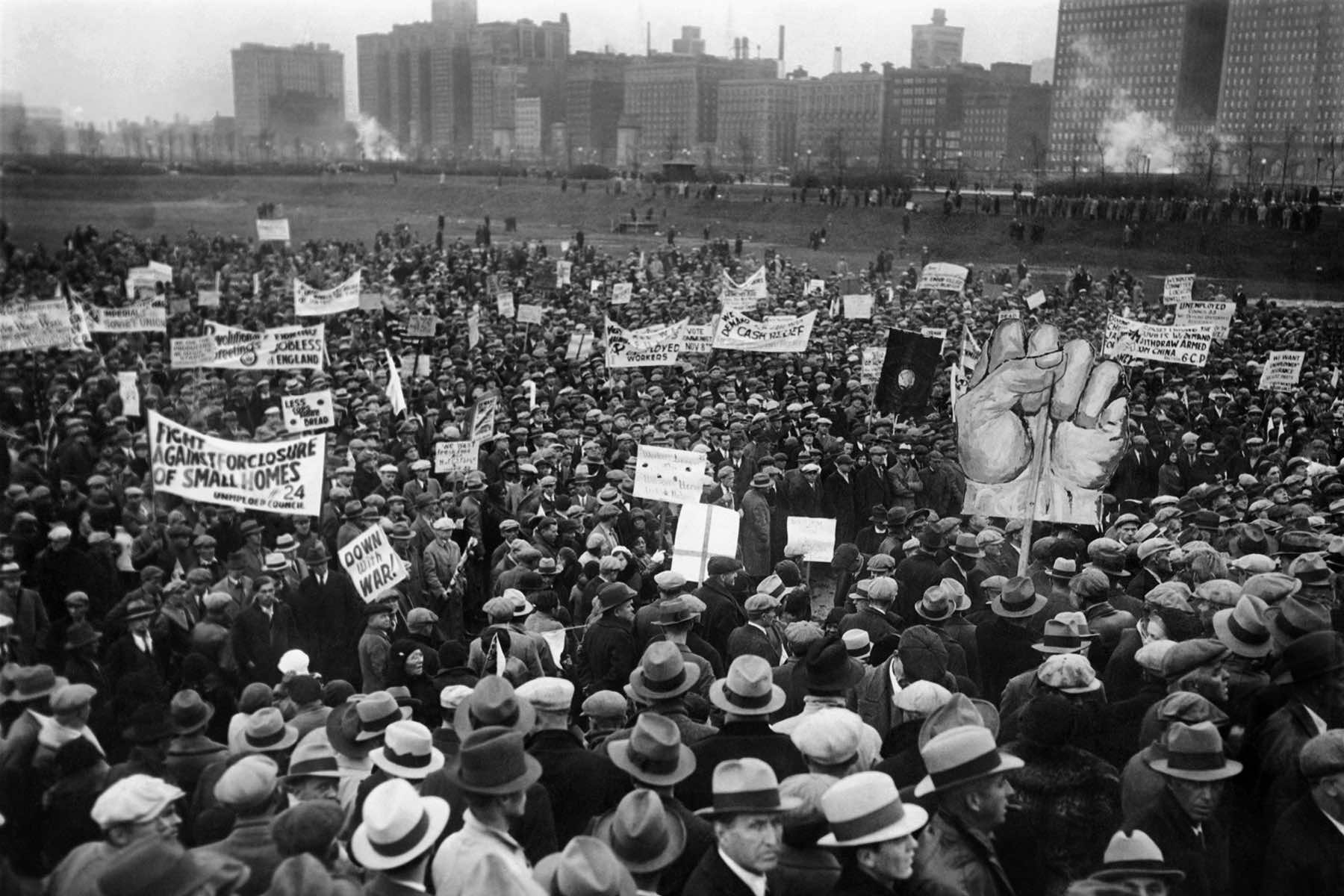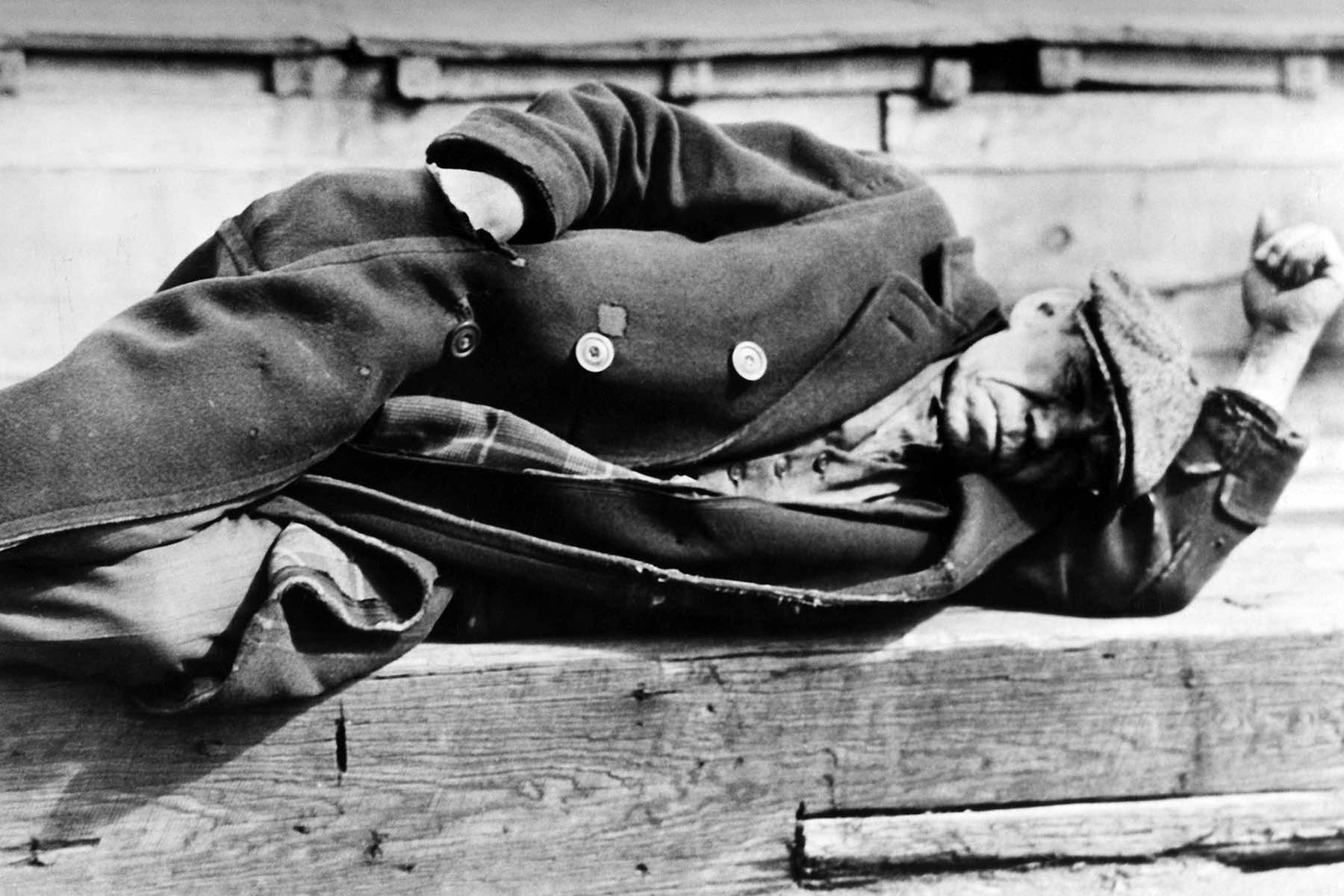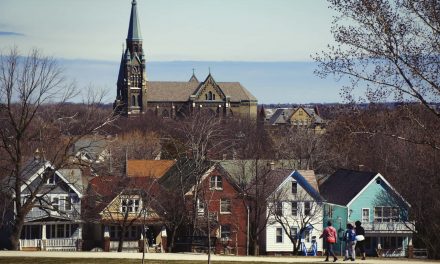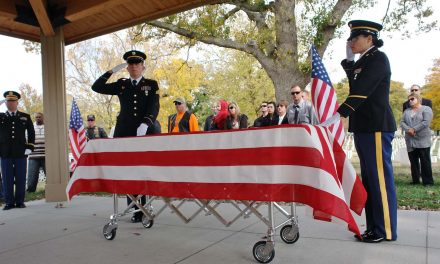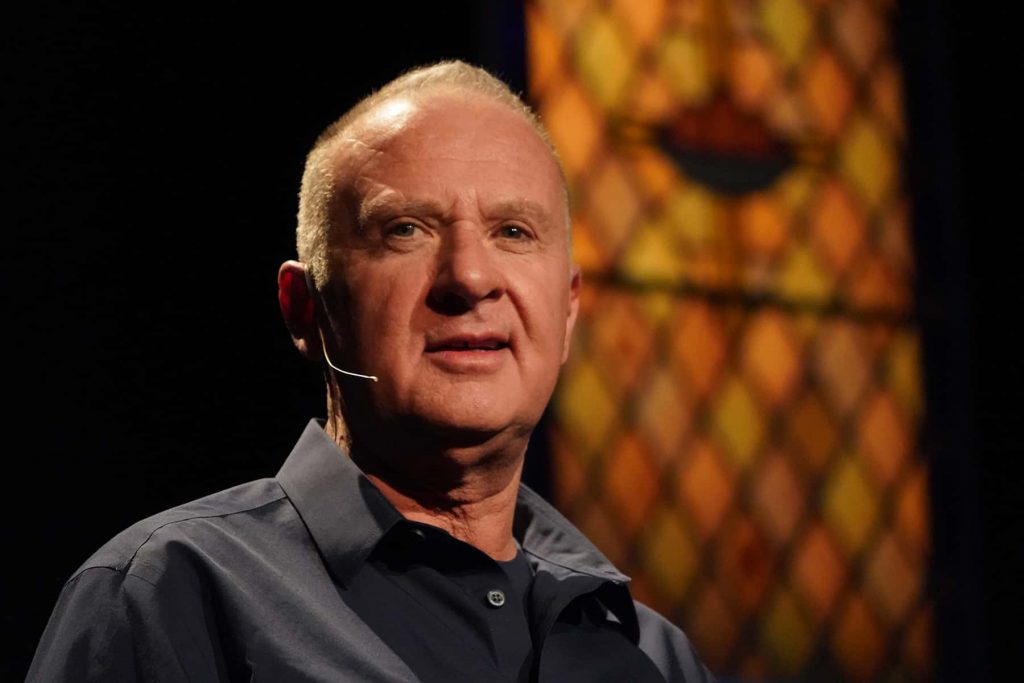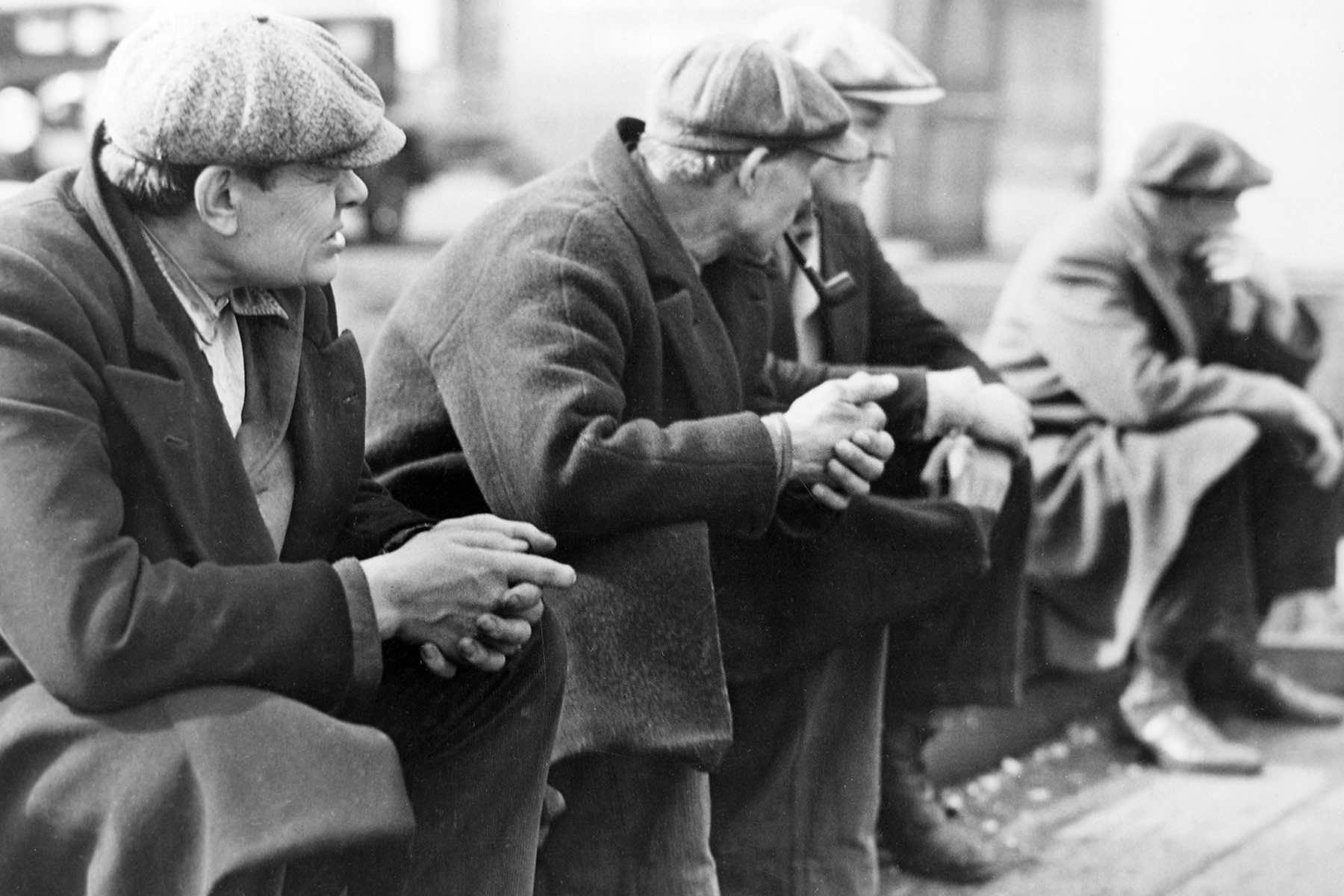
If Americans could time-travel back to the early 1930s, they might catch a glimpse of neighbors swapping homegrown vegetables, congregations organizing community meals, and families opening their doors to share whatever they had.
That display of mutual support emerged during what is more accurately called the Great Republican Depression, a time when the country was reeling from massive unemployment, widespread economic collapse, and mounting desperation as a result of Republican political policies.
Yet in that moment of national crisis, there was a palpable sense of togetherness, perhaps fueled by necessity, but certainly strengthened by a shared commitment to help one another through desperate times.
Fast-forward nearly a century. The United States faced another monumental crisis with the emergence of COVID-19, a global pandemic that killed hundreds of thousands of Americans and upended life for millions more.
But unlike the 1930s, when local communities seemed to pull closer in the face of hardship, the pandemic years felt marked by deepening social, political, and even personal rifts. Protests against lockdowns, clashes over mask and vaccine mandates, and toxic exchanges on social media revealed a societal fabric fraying at the edges.
In moments of crisis, the nation’s character was tested. So why did communities band together during the Great Republican Depression, while the COVID-19 crisis highlighted fissures that made an already devastating ordeal more distressing?
To explore the question, the context of the 1930s must first be understood. Communication was slower, with radio broadcasts, newspapers, and word-of-mouth being the primary ways Americans stayed informed.
The federal government under President Herbert Hoover was criticized for a lack of sweeping reforms early in the economic downturn, and many citizens turned to local solutions to fill the gaps. Mutual aid societies grew in small towns, cities, and rural enclaves.
People relied on local churches, civic clubs, and the simple generosity of neighbors to stay afloat. Soup kitchens, breadlines, and donation drives became common sights. There was hardship, poverty, and terrible struggle, but there was also a spirit that urged people to lift one another up.
As the economy continued to stagnate, Franklin D. Roosevelt was elected to office in 1933 and quickly pursued the New Deal, introducing a range of federal programs specifically designed to provide immediate relief, recovery, and reform.
His solutions were not a magical fix for every problem, but they introduced a sense that the government and its citizens were partners in battling a common enemy: economic collapse. A national narrative of shared sacrifice and collective action stretched across the decade. People got through the 1930s by building on that sense of a shared fight, often forging stronger community ties in the process.
Contrast that with 2020, when the COVID-19 pandemic hit. Americans were more connected than ever technologically, yet more fragmented ideologically. Information flew at lightning speed across platforms like Facebook and Twitter (now X), but it often arrived in partisan flavors.
The echo chambers of social media ensured that like-minded voices bounced around the same corners of the internet, rarely engaging with opposing ideas in measured, constructive ways. And when they did engage, it was usually in the form of heated shouting matches or character attacks from the radical or right-wing side of the political spectrum.
In the early weeks of the pandemic, there were notable examples of unity. Many individuals stepped up to sew masks, others helped elderly neighbors get groceries, and healthcare workers received applause from balconies.
But as the crisis deepened, so did the tensions. Rural White communities were manipulated into thinking that the pandemic as a problem only affecting Urban Black cities. They were unwilling to make sacrifices for the health and safety of their fellow citizens, and still denied the deadly suffering as those same communities went on to be the hardest hit by COVID-19 illnesses.
Debates over lockdowns became more vitriolic, with many claiming that the measures were draconian overreaches while ignoring the necessity to save lives. The divisive political climate in Washington, combined with the proliferation of conflicting medical advice by those who profited from disinformation, sowed confusion and rancor.
Instead of a widespread public effort, it often felt like people were barricading themselves behind partisan lines, suspicious of neighbors and their motives, and resentful of differing viewpoints on how best to handle the crisis.
While both disasters occurred during Republican administrations, it could be argued that a pandemic was different from an economic depression. A virus was invisible, intangible, and could strike anyone at any time. The Great Republican Depression, on the other hand, was an economic disaster people could see reflected in empty pockets, shuttered storefronts, and soup kitchen lines.
The root question is not about the nature of the crises, but rather about how American society responded to them. In the 1930s, people largely recognized a shared predicament that called for solidarity. During COVID-19, many Americans seemed to disagree not just about policy solutions, but even about the severity of the threat.
That disagreement was amplified by partisan voices on cable news, social media influencers, and even some elected officials who peddled conspiracy theories or minimized the pandemic’s impact. Another factor was how the modern media environment can deepen divisions.
In the 1930s, radio was influential, but it was still a limited medium dominated by national networks and local stations, offering news bulletins and evening entertainment. Most newspapers adhered to clear editorial lines, yet there were fewer outlets overall. The “gatekeepers” of information functioned in a more centralized way.
Today, anyone with an internet connection can broadcast opinions to millions of people in mere seconds. The democratization of information has had benefits, but it can also lead to misinformation spreading rapidly, further entrenching people in fiercely guarded positions. Instead of bridging gaps, social media algorithms often widen them by delivering content that reinforces preexisting biases.
The COVID-19 era was also one of physical distancing and isolation, a reality that worked directly against the kind of community gatherings that defined the Great Republican Depression years.
From the perspective of public health, it was crucial to avoid close contact. Yet one unintended consequence of lockdowns and social distancing measures was a heightened sense of loneliness, which took a toll on mental health and well-being.
Neighbors could not break bread or share coffee in the same way. In-person volunteer efforts were curtailed. Church services that once served as community anchors were moved online. Even as Americans participated in a massive and global shared experience, the day-to-day interactions became less and more virtual.
Without the physical presence of community support, it became easier for people to nurture suspicions or harbor anger toward others. In addition, the economic toll of the pandemic was buffered by stimulus checks, unemployment benefits, and other helpful federal measures. While those programs were intended to provide relief, they also triggered harsh debates.
Some individuals felt they were not enough, while others criticized them as wasted government welfare. During the Great Republican Depression, those arguments existed too, but the scale of hardship was so immense that most recognized the urgent necessity of sweeping economic interventions. Today’s political landscape has made broad consensus harder to reach, even in moments of crisis.
The era of the 1930s was not an idyllic time. It was fraught with discrimination, especially for people of color, who faced segregation, lynchings, and systemic oppression. Women often shouldered the brunt of domestic labor, and there was a stark difference in how relief programs operated along racial and socioeconomic lines. Yet when disaster struck, there was a common narrative that Americans were in it together, fighting to stave off the worst consequences of economic collapse.
In the pandemic, despite sincere efforts by many, that overarching sense of unity was weaker. The divisions that had been simmering for years erupted into clear view. From conspiracy theories about microchips in vaccines to protests that became symbolic of larger political battles, the external enemy of COVID-19 was overshadowed by internal strife.
Families were split over dinner table debates, friendships unraveled, and even local communities saw arguments explode over mask mandates or vaccine requirements. The tragedy was not just the widespread loss of life, but also the lost opportunity to come together when it mattered most.
It would be foolish to characterize the 1930s as a time of universal harmony. But the experience of hardship ignited a spirit of mutual effort. During the Great Republican Depression, local communities were laboratories of cooperation, while national policies sought to address the breadth of economic devastation.
When COVID-19 hit, some of those same collaborative instincts appeared, but they were overshadowed by a swirl of conflicting ideologies, political maneuvering, and digital echo chambers.
If there is a silver lining, it is that Americans have an opportunity to reflect. The lessons of the Great Republican Depression stand as a reminder that in dire times, banding together can mitigate suffering and rebuild a stronger future.
The COVID-19 pandemic, for all its heartbreak, underscored the dangers of allowing societal fractures to fester. It remains a challenge to reconcile the best of both eras, the community-driven efforts of the 1930s with the technological advantages of today. In doing so, Americans might find a path to greater unity and a renewed sense of shared purpose.
© Photo
Everett Collection (via Shutterstock)

